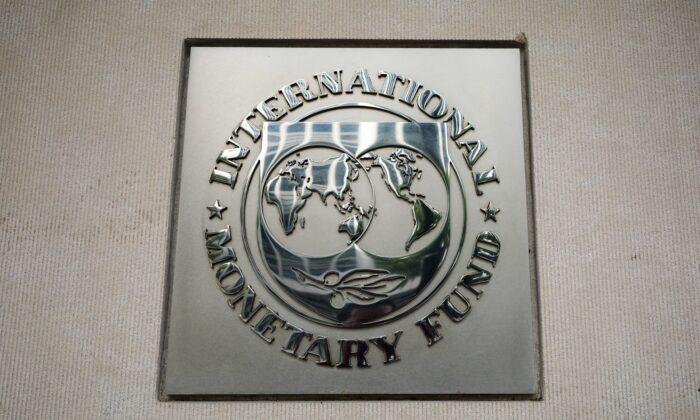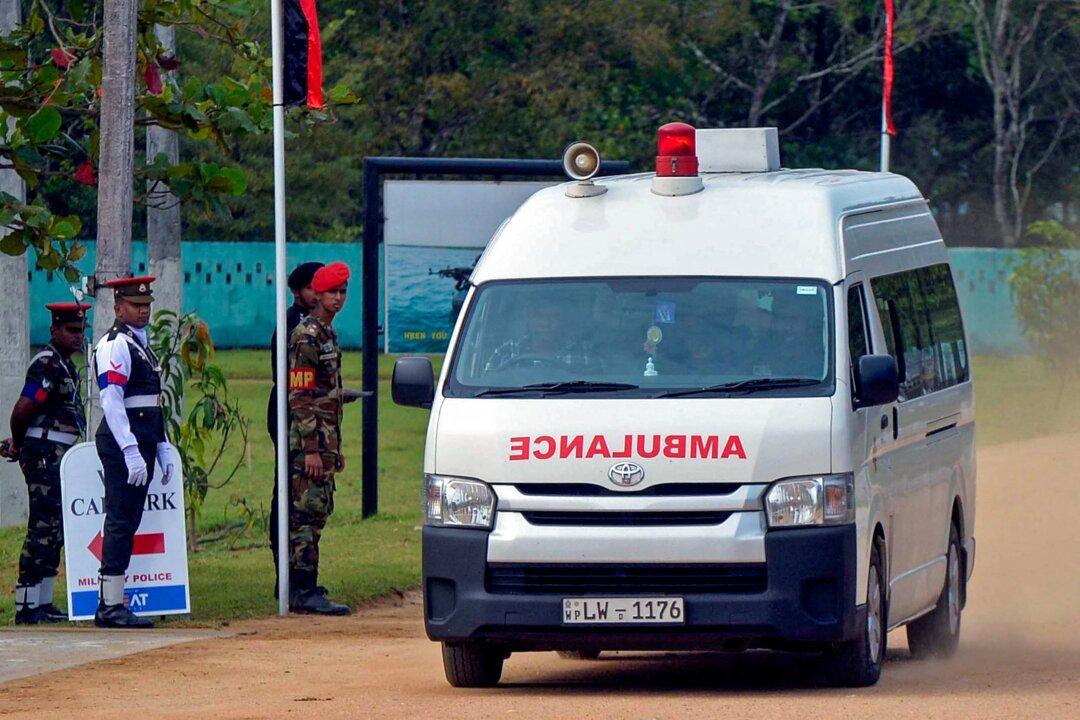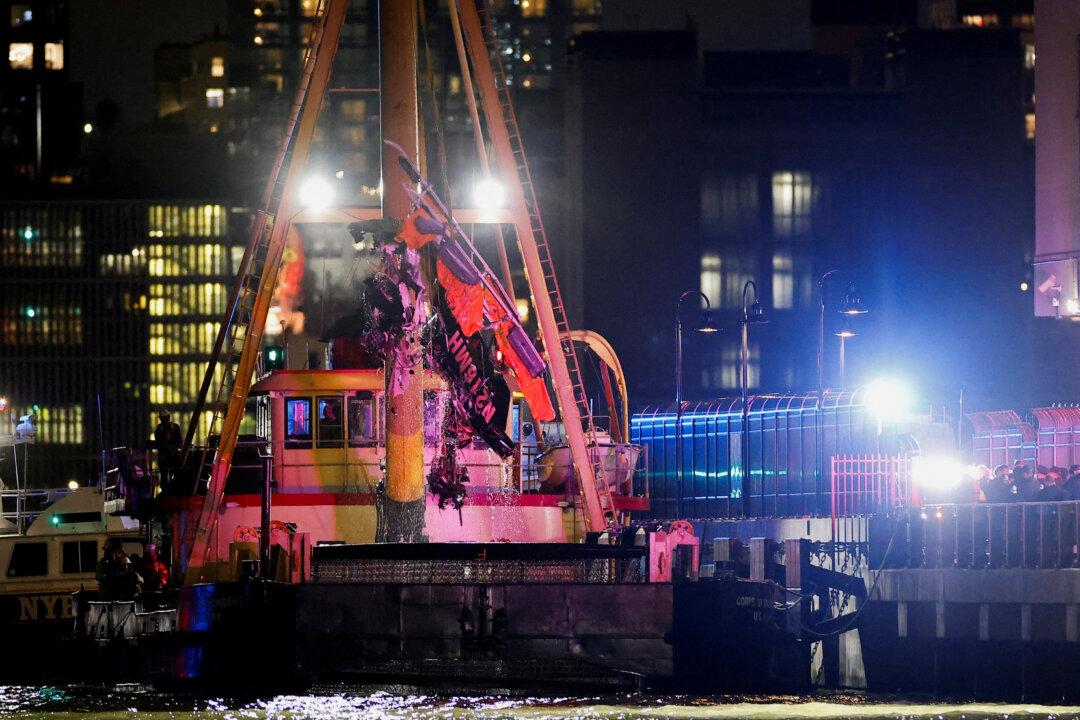WASHINGTON—The International Monetary Fund said on Friday it is still building support among members for a proposed Resilience and Sustainability Trust that would allow richer countries to channel their IMF reserves to countries in need, but hopes to see the new instrument up and running next year.
IMF officials have been racing to build support for the new trust, proposed by IMF chief Kristalina Georgieva in June, which would allow aid to countries outside the low-income nations served by the existing Poverty Reduction and Growth Trust.
The IMF is encouraging richer members to donate or loan their share of $650 billion in newly issued Special Drawing Rights (SDR) to vulnerable countries, but some countries say the new trust would move beyond the scope of the IMF.
In a blog published on Friday, IMF strategy director Ceyla Pazarbasioglu and her deputy Uma Ramakrishnan said they hope to make progress on the Resilience and Sustainability Trust at the annual meetings of the IMF and World Bank next week.
“Building consensus is never easy; it takes time. Creative solutions are needed to bridge differences,” they wrote. “We are confident that with the international community’s support, the RST is one such innovative solution which could become operational in just over a year.”
They said the proposed RST would help build economic resilience and sustainability, especially in low-income countries and small states, as well as vulnerable middle-income countries, by lending at cheaper rates and with longer maturities than the IMF’s traditional lending terms.
They said members would agree on the purposes of the funding, which could include climate, pandemic preparedness, and other “worthy global public policy goals.”
They noted that the trust needed to be able to provide liquidity for creditors who channeled their SDRs if they faced a balance of payments need themselves, as well as adequate credit risk protection for the donors.
To that end, they said they were proposing a multi-layered credit risk protection framework with policy safeguards, financial buffers, and a diversified creditor and borrower base.
They said RST lending would likely come in addition to a regular IMF-supported program, and would benefit from strong policy safeguards included in those programs.
They said details were still being worked out on the size of the trust, eligibility requirements, conditionality, lending terms, and the financial architecture.
“We continue to engage with our membership and other stakeholders to ensure full buy-in, while working closely with other international financial institutions, especially the World Bank, to ensure that the RST is a part of a broader strategy for international country assistance,” they said.





